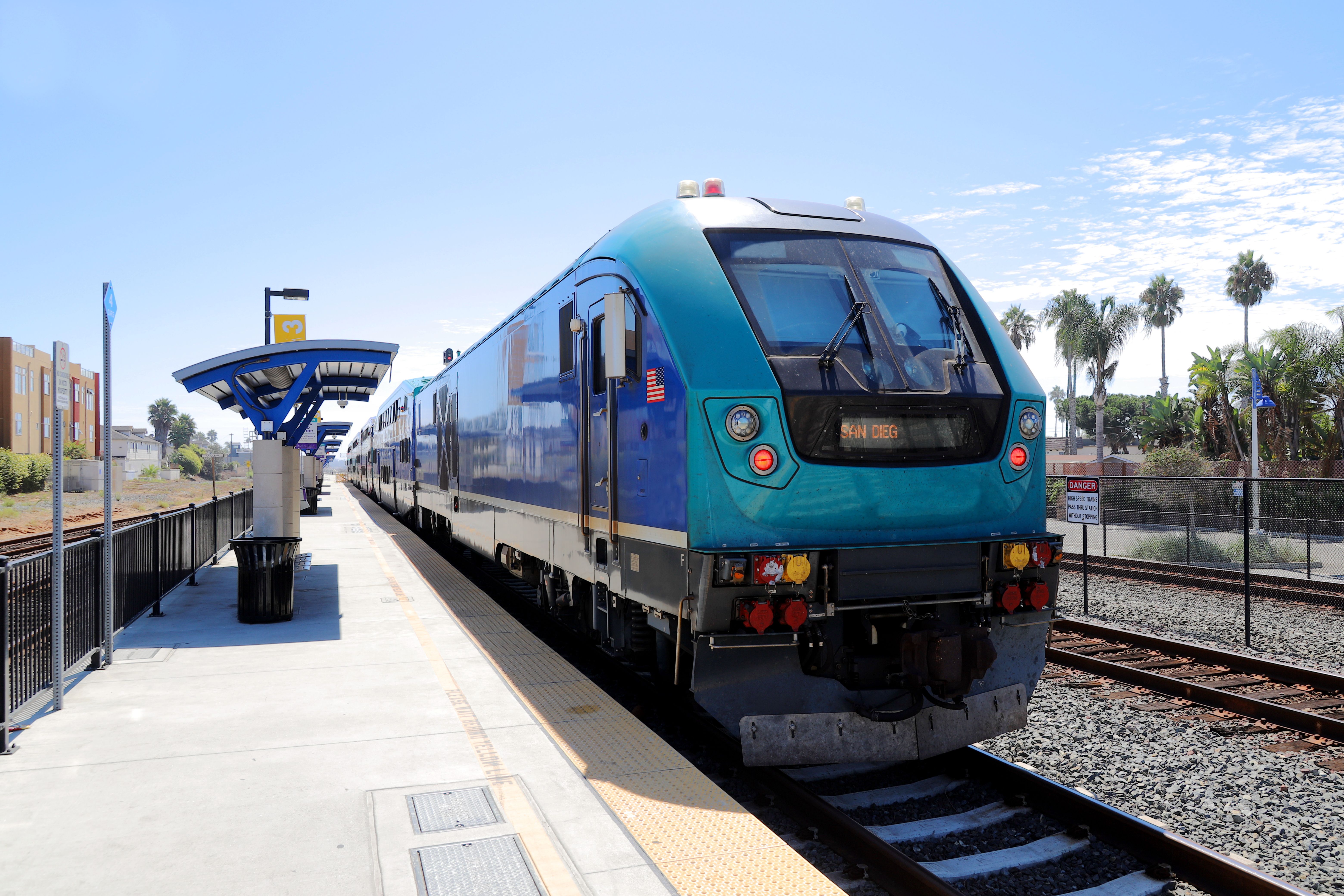Navigating California's Transportation App Regulations
Understanding the Landscape of Transportation App Regulations in California
California, known for its innovation and technological advances, is also at the forefront of regulating industries that emerge from these innovations. Among these are transportation apps like Uber and Lyft, which have revolutionized the way people commute. However, with innovation comes the need for regulation, ensuring that these services operate fairly and safely.

The Emergence of Ride-Sharing Services
Ride-sharing services have grown exponentially over the past decade, providing convenience and flexibility for users. However, this rapid growth caught the attention of regulators, prompting discussions on how to best oversee these platforms. The primary concerns revolve around safety, employment status of drivers, and the impact on traditional taxi services.
California has been a leader in addressing these concerns, implementing rules that balance the interests of consumers, service providers, and drivers. The state’s approach can serve as a model for other regions grappling with similar issues.

Key Regulations Impacting Transportation Apps
Several key regulations have been introduced in California to govern the operations of transportation apps. These include:
- AB5 Legislation: This law reclassifies many app-based drivers as employees rather than independent contractors, granting them benefits such as minimum wage and health care.
- Passenger Safety Measures: Companies must conduct thorough background checks on drivers and ensure vehicles meet specific safety standards.
- Data Privacy: Apps are required to protect user data and adhere to strict privacy laws.

Challenges Faced by Transportation Apps
The implementation of these regulations has not been without challenges. Companies like Uber and Lyft have had to navigate complex legal landscapes, sometimes resulting in costly legal battles. The reclassification of drivers has been particularly contentious, as it fundamentally alters the business models of these companies.
Despite these challenges, many of these companies continue to thrive by adapting to new legal requirements and working collaboratively with regulators to find solutions that benefit all stakeholders.
The Impact on Consumers and Drivers
For consumers, the regulations aim to enhance safety and accountability, ensuring that ride-sharing services remain a reliable mode of transportation. Meanwhile, drivers stand to gain improved working conditions and benefits, though some express concerns about reduced flexibility in their work schedules.
Balancing these interests is an ongoing process, and continued dialogue between all parties is essential for refining regulations to meet the evolving needs of the industry.

The Future of Transportation App Regulations
Looking forward, California's approach to regulating transportation apps will likely evolve as new technologies emerge. Autonomous vehicles and advanced AI-driven services present fresh challenges and opportunities for regulators. Policymakers will need to remain agile, crafting laws that anticipate technological advancements while safeguarding public interests.
The regulatory landscape for transportation apps in California offers valuable insights into the complexities of managing disruptive technologies. By understanding these regulations, businesses can better navigate the challenges they face, ensuring compliance while continuing to innovate.

